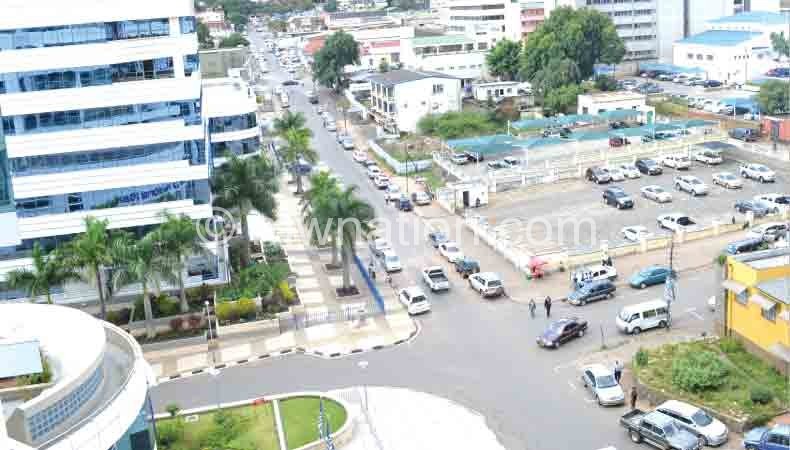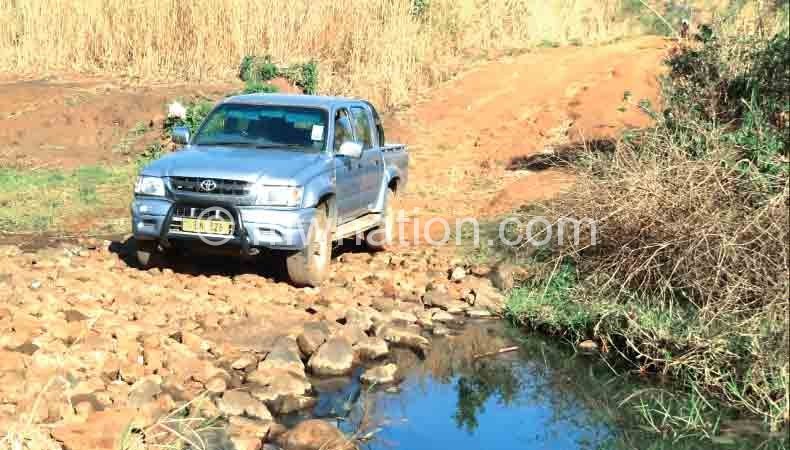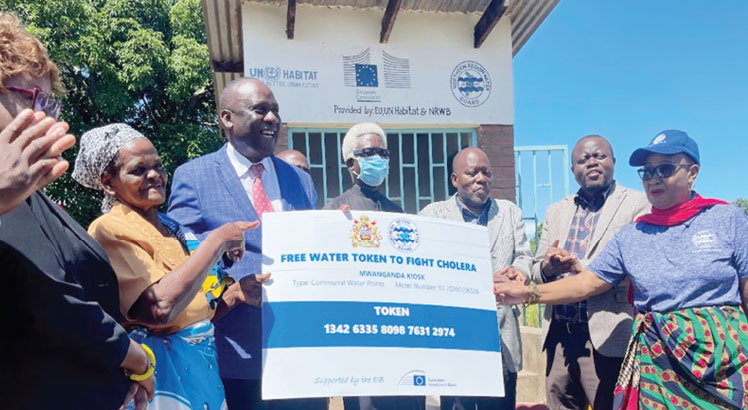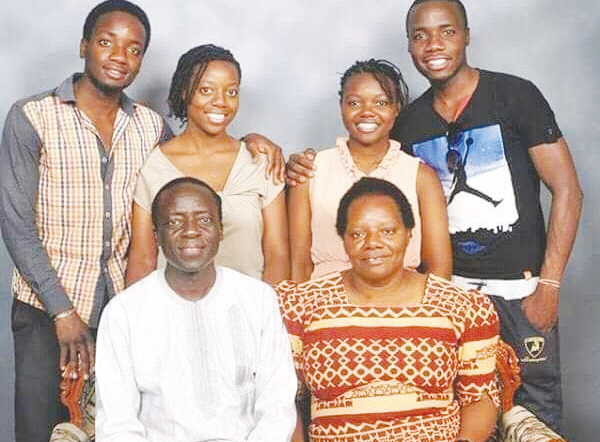A tale of two ‘Blantyres’

The relationship between urban and rural sectors in Malawi is characterised by an economic dualism: The coexistence of a modern urban sector and a traditional rural setting. In the first part of combating rural development series in Malawi, I draw stark differences between urban and rural Blantyre.
——————————
Despite the tenacious decaying filth and chaotic housing of its slum townships such as Mbayani and Manje, Blantyre City remains the envy of the nation, the heart and symbol of prosperity.
The shining skyscrapers along Victoria Avenue Street, the squat of Chichiri Shopping Mall, the green lawns smiling between the paved four-lane highway connecting Blantyre CBD to Limbe and the illuminating designer mansions of Namiwawa and Nyambadwe, just to mention a few, still define the glitz of Blantyre.
Blantyre remains a commercial tower by Malawian standards. From the chaotic and polluting noise of Ginnery Corner factories to the silence of Chirimba Industrial site, the city remains the hope of income generation, in the process, pulling thousands out of distant enclaves of poverty.
Its urbanisation rate, according to National Statistics Office (NSO) figures, is alarming at an average 5.2 percent—in fact, experts dub it as one of the most urbanising cities in Southern Africa.
“I want to turn Blantyre into one of the most attractive cities in Africa,” said Noel Chalamanda, the city’s new mayor.

But as Blantyre City, with challenges of course, continues to grow into a glorious Millennium city it so wishes, its countryside, unfortunately is growing in reverse.
Located just 15 kilometres from Sanjika—a sprawling green hill where the presidential palace hides in Blantyre—Kundeketa Village in Group Village Head Bwanasompho, Traditional Authority Kuntaja is a complete baffle.
The village, and many others surrounding it, is hidden by chains of complete shaved mountains. It is remote and alienated from a number of basic social services.
“It this year when we have seen the first vehicle visiting our village,” says Legson Sando, a 38-year-old man from the village.
The road that connects the village to the main Sigelege to Chileka road passing almost 10 kilometres away is barely passable. It was constructed by the local people with hoes—in fact, this was not even through government’s Income Generating Public Works Programme (IGPWP). It was all efforts of the locals, Sando says.
“When I saw the first car coming to our village in May this year, I almost wept. I was thinking about our late chief who encouraged us to work hard on the road so that our children should, at least, see car in their childhood. He died last year without seeing a car on the soil of his land,” he says.
To the children in the surrounding villages, a sight of car is a marvel. They recoil from whatever they were doing and rush to touch it and stand nearby it.
“This is my second time,” a jovial 12-year-old Standard Four pupil, who had recoiled from tending to the goats after catching the sight of the car says, “I am happy, very happy. Cars barely come here.”
A number of things in this village are still crude. Barter is still a strong means of trade exchange: they exchange pots bought in Limbe with chickens. They still drink, wash, bathe and clean utensils in rivers. A health centre is not in any way near as such there is a proliferation of traditional healing methods. Girls are married off even before they reach 15. Nothing inspires the locals in education, as a result, few excel with school.
Like most rural areas in Malawi, the fundamental factor of their poverty—argues Maxwell Gombe, a local—is lack of income generating activities.
“Over the past years, charcoal making was the major income generating activity in this area. Blantyre City depended heavily on us and we fed it well in terms of energy. However, things have turned ugly for us nowadays. We have cut down most of the trees. The remaining ones are heavily protected. In fact, it is a crime these days just to cut down a tree. As a result, we can’t make charcoal any longer,” he says.
Gombe adds that even when they were making charcoal, the proceeds were still minimal.
“You are talking of waking up as early as three in the morning, carrying a single bag on your head, walking for close to two hours in the mountains to sell in the city only to make, sometimes, K600. It was not even helping but being the only way to generate income, we had no option,” he says.
Agriculture, the common means of livelihoods in the rural too, is not lucrative as an income generating activity here.
Explains Gombe: “Most of us here are subsistence maize farmers. Though we sell the surplus but we get put off because of markets. It is difficult to carry a bag of maize to the city only to be offered a poor price. We do not have markets here. If any, there it is barter; we exchange with commodities we need. But this does not help us either,” he says.
Of course, the tragedy of Kundeketa’s poverty could be unique because it is a village in a district which has Malawi’s main commercial city.
Kundeketa’s story depicts the common tale of poverty, alienation and, sometimes, stagnation facing many rural areas in Malawi.
About 54 percent of the population, according to the 2005 NSO figures, was rated to be living below poverty line. NSO figures also show 56 percent, compared to 25 percent in urban areas, were in poverty. In fact, the figures add that one in every five people in the rural areas live in dire poverty such that they cannot meet the minimum standard for daily-recommended food requirement.
It must be underlined, though, that since the global rural development movement started in 1970s, there has been many interventions in the country solely aimed at improving the lives of those in rural areas.
Both government and non-governmental organisation have been all out implementing various programmes aimed at increasing development opportunities for the ignored rural masses.
However, though there have been some remarkable achievements in some areas, generally, the picture of development in the country’s rural areas remains blurred.
So, what has been the problem? Is the approach or the interventions themselves?





